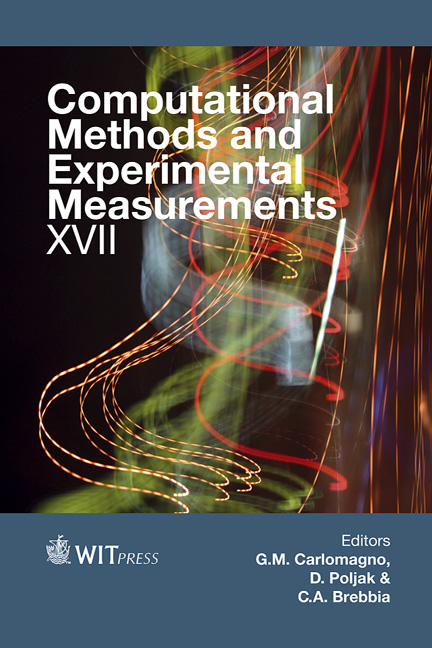Numerical Simulation Of Coupled Problems
Price
Free (open access)
Transaction
Volume
59
Pages
13
Page Range
121 - 133
Published
2015
Size
1,088 kb
Paper DOI
10.2495/CMEM150111
Copyright
WIT Press
Author(s)
A. Harapin, J. Radnić, M. Sunara
Abstract
The paper briefly describes one numerical model for the simulation of fluid-structure coupled problems. The presented model is primarily intended to simulate the fluid-structure dynamic interaction in seismic conditions of civil engineering structures which are in direct contact with fluid and which can often be encountered in engineering practice, for example: dams, water tanks (reservoirs), offshore structures, pipelines, water towers, etc. The model is based on the so called “partition scheme” where the equations governing the fluid’s pressures and the displacement of the structure are solved separately, with two distinct solvers. The SPH (Smooth Particle Hydrodynamics) method is used for the fluid and the standard FEM (Finite Element Method) is used for the structure, which can be made from reinforced concrete or steel and which can be simulated with shell or 3D elements. The model includes the most important nonlinear effects of reinforced concrete behaviour: yielding in compression and opening and propagation of cracks in tension (with tensile and shear stiffness of cracked concrete), as well as steel behaviour: yielding in compression and tension. The most important nonlinear effects of the fluid can also be simulated, like fluid viscosity, turbulence and cavitation. Some of the model’s possibilities are illustrated in a practical example.
Keywords
coupled problems, fluid-structure interaction, SPH method, nonlinear behaviour, shell structures, water impact





